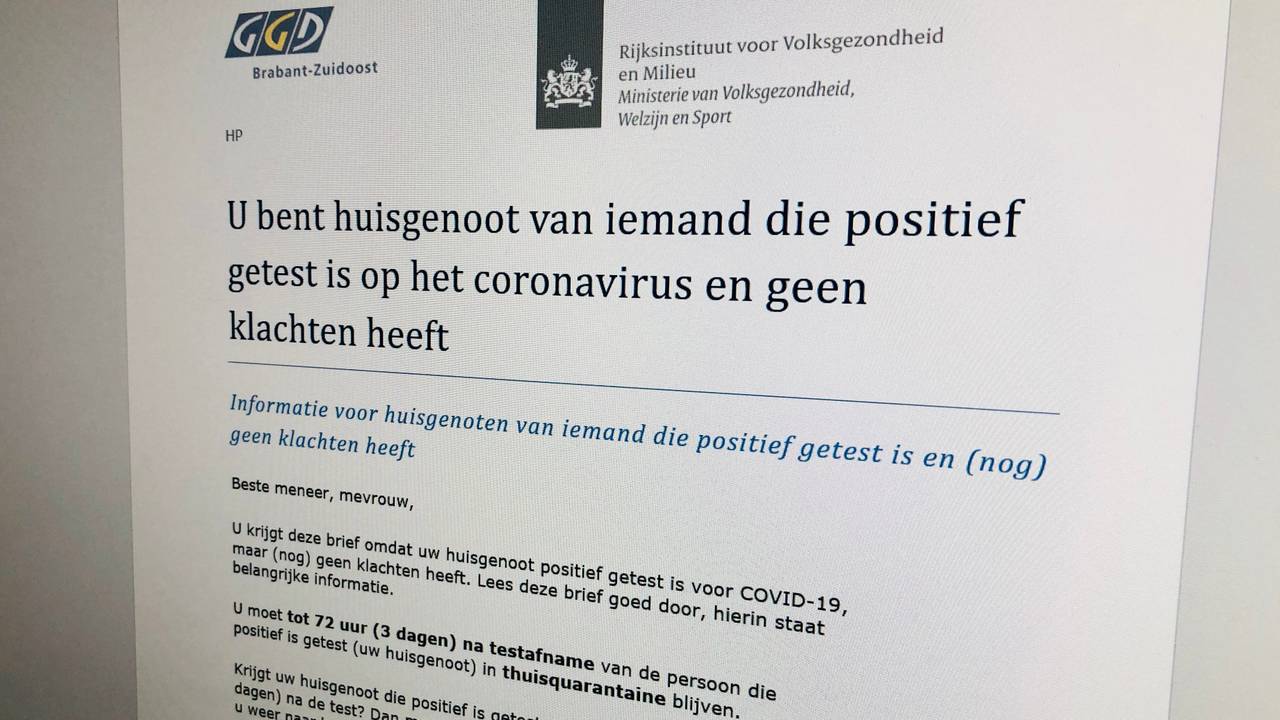Now that the number of corona infections is increasing further, it is more difficult for GGDs to do source and contact research. Some patients have up to 70 close contacts, and not everyone follows the prescribed quarantine rules.
Investigate for dummies. The source and contact research on corona patients is somewhat similar. But Sherlock Holmes, that is not how Teun Peeters (24) feels. With two and a half months of experience, he is a ‘senior’ member of the team calling corona patients to ask where they have been and who they have interacted with.
–
We are on the first floor of a pompous office at Strijp-S, from which GGD Brabant-Zuidoost conducts source and contact research. In several rooms, hired workers are busy on the phone.
–
The concept is simple, according to Peeters. He calls a corona patient and asks a large list of standard questions: “When was your first day with complaints? Who did you associate with two days before that first day of illness and where have you been? ” The infected person in question is requested to isolate himself for two weeks. Peeters then calls the close contacts one by one and also asks them to quarantine and test themselves in case of complaints.
–
For example, GGDs are trying to map out where corona clusters of at least three infections develop. The research is a crucial building block in the policy to prevent the spread of the virus. However, practice is much more unruly. In 70 percent of these clusters, it is not possible to trace the source of the contamination.
–
There are several reasons for this, says Els Berghuis, coordinator of the source and contact team of GGD Brabant-Zuidoost. “Young people often have few complaints, go to a party without knowing that they have corona and light others there. Some do not want to participate in the study and corona patients do not always adhere to quarantine rules, ”says Berghuis. “They have up to seventy close contacts, which we all need to identify and call. This takes a lot of time and makes work more difficult. The danger is that the virus will spread so quickly. ”
–
Let that be the case now. The virus has been making a comeback for the past month. The new revival comes much earlier than experts expected and is a result of non-compliance with corona rules. The number of corona patients is increasing in Amsterdam, Rotterdam and West Brabant in particular. GGDs, which have been operating in high gear since February, must anticipate this. GGD Brabant-Zuidoost does this by expanding the team to 28 source and contact researchers.
–
Until this week, investigators in this region have had relatively little to do. It therefore took over corona patients from colleagues in West Brabant. But in the meantime, the infections are also rising in the southeast of our province, although the workload is manageable, says Berghuis.
–
In a room two doors away, source and contact researcher Teun Peeters puts his headphones back on. Duty calls. Some react panicky or angry when they hear the test result and the quarantine sequence attached to it. But now a man remains calm and says he has only had three close contacts. We will never know whether this is really the case. Peeters: “We assume that people are honest. We can’t do more. ”
–


